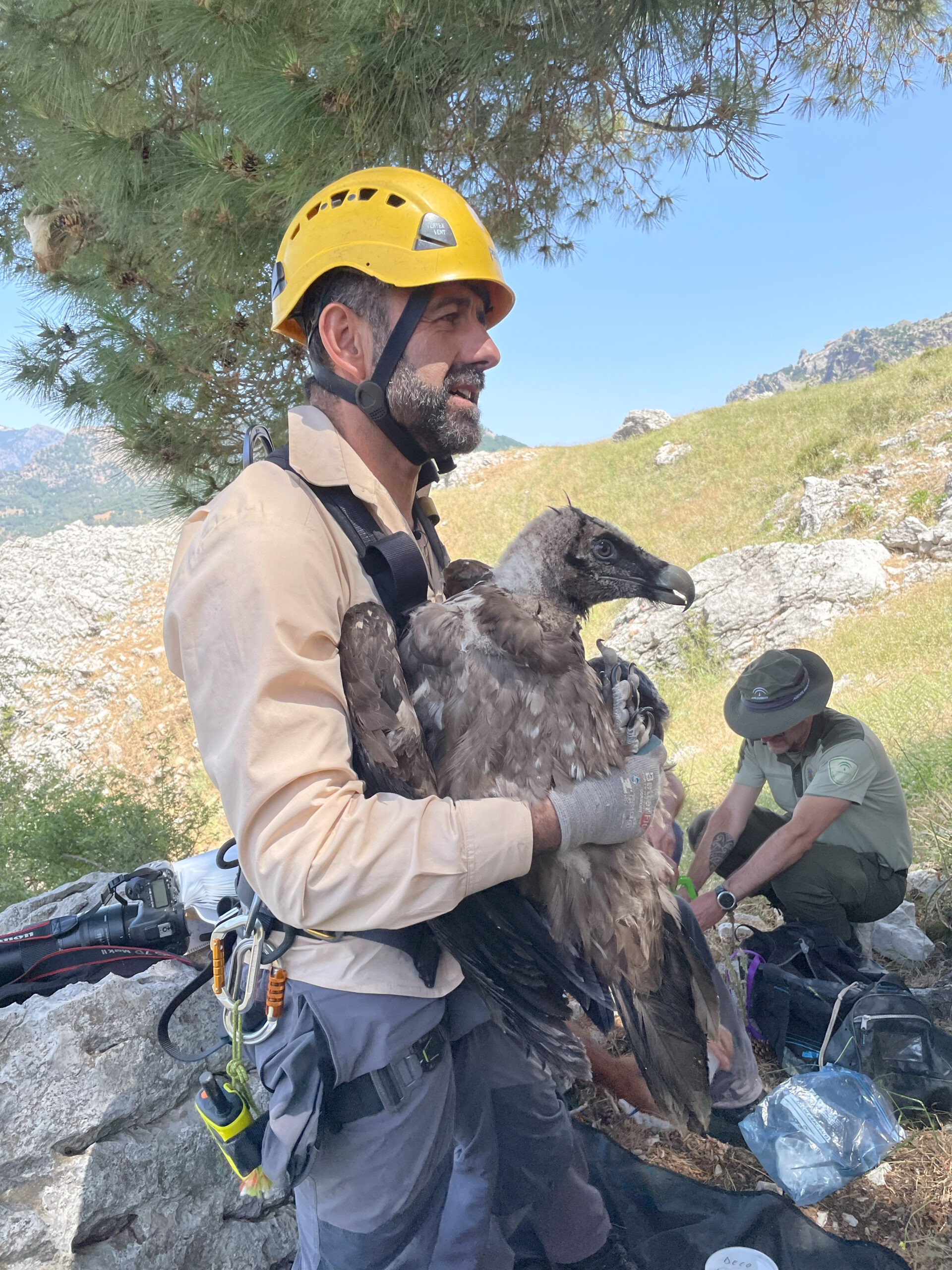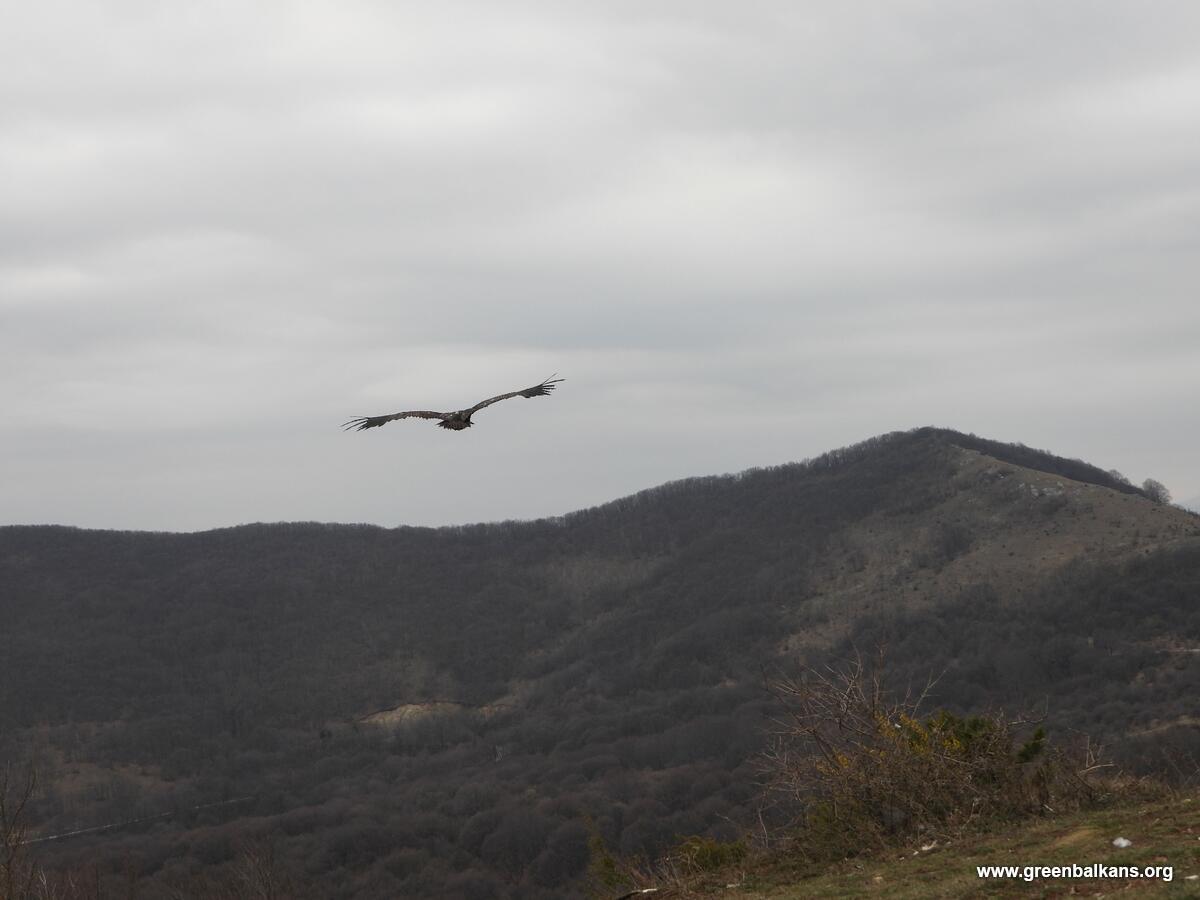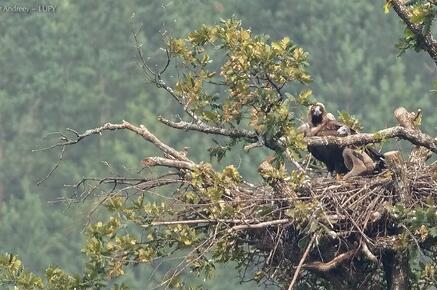The LIFE Aegypius Return project is dedicated to the conservation of the Cinereous Vulture (Aegypius monachus) in Portugal and western Spain. Its efforts include tagging and remote monitoring of several individuals, which valuable insights into understanding and preventing mortality.
The Cinereous Vulture: timidly escaping extinction
The Cinereous Vulture, Europe’s largest bird of prey, is highly susceptible to a wide range of threats. Habitat loss, poisoning, and direct persecution, among other factors, led to its extinction as a breeding species in Portugal in the 1970s. It would take nearly 40 years for the species to reestablish itself in the country, with two pairs successfully breeding in Tejo Internacional in 2010. Since then, the species has been slowly recovering and is currently present in five breeding colonies. In 2024, over 108 breeding pairs were recorded in Portugal. However, the species remains at risk and is formally classified as Endangered.
Understanding the threats and causes of mortality is crucial to effectively addressing them and enhancing conservation efforts.
The LIFE Aegypius Return project, with partners in Portugal and Spain, is working toward the species’ recovery through a wide range of measures, including mortality monitoring and threat mitigation.
GPS/GSM Tracking: an essential tool
One of the most effective ways to gather information on the survival and mortality of wildlife populations is through the use of GPS/GSM transmitters. While not without limitations, this technology significantly complements data collected in the field from untagged birds.
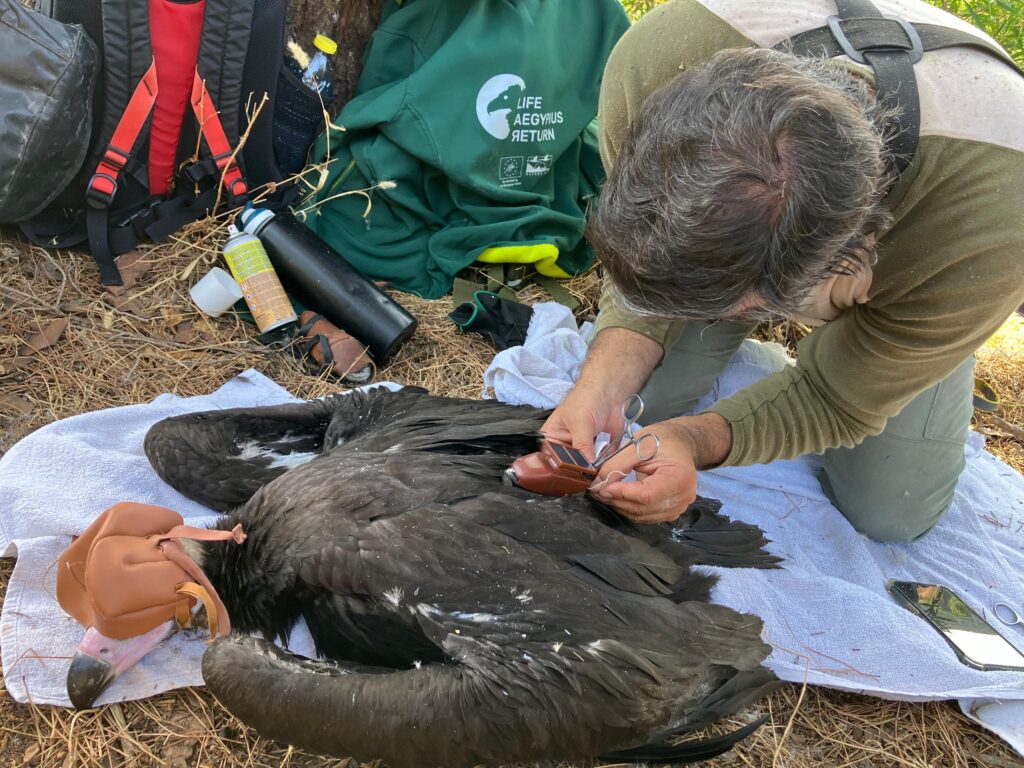
The GPS/GSM transmitters used on Cinereous Vultures weigh around 50 grams, which, on a bird that can weigh up to 11 kg, does not cause stability or welfare issues. Once fitted onto the bird, these small devices allow for detailed tracking of its movements and behaviours. In cases of immobility or unusual behaviour, teams can be quickly deployed to the field to rescue a weakened bird or confirm its mortality.
Since 2018, a total of 67 Cinereous Vultures have been tagged with GPS/GSM transmitters in Portugal – actually, 66 in Portugal itself and one very close to the border, in Spain, in 2024, a chick from the Douro Internacional colony. These figures include the 41 Cinereous Vultures tagged since 2023 under the LIFE Aegypius Return project: 34 chicks in the nest, one adult, two rehabilitated juveniles, and four juveniles that underwent an acclimatization period.
The tagging process also includes fitting metal rings on the vultures’ legs, ensuring that even if the transmitter falls off or malfunctions, each bird can still be individually identified.
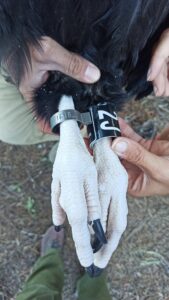
Mortality: an inevitable reality
A Cinereous Vulture in captivity – such as irrecoverable individuals kept in zoos – can live up to around 35 years. In the wild, however, longevity is significantly reduced, with a maximum lifespan of approximately 20 years. Yet, due to human-induced threats, few individuals actually die of old age. Of the 67 Cinereous Vultures tagged in Portugal, 11 (about 16%) have already died, with only three confirmed as due to natural causes. Focusing specifically on data from the LIFE Aegypius Return project, seven (approximately 17%) of the 41 tagged vultures have died. These numbers could be higher, as some transmitters detach or stop emitting signals. Until a bird is found—alive or dead—its status remains unknown. This is currently the case for 17 (about 25%) of the 67 tagged Cinereous Vultures.
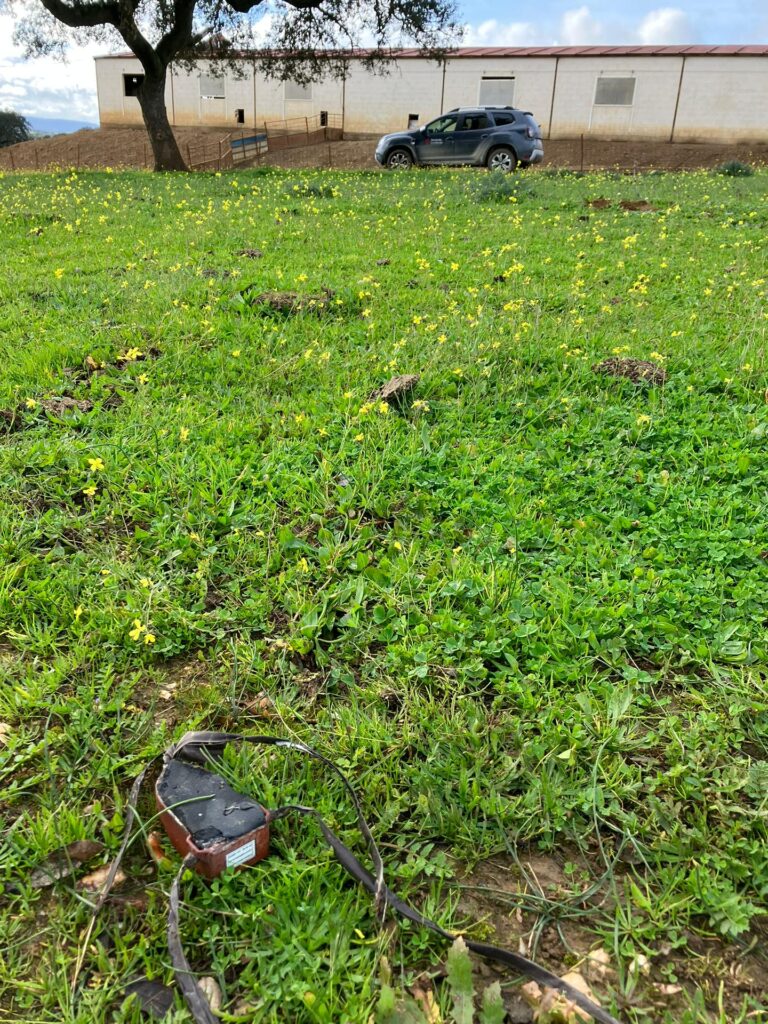
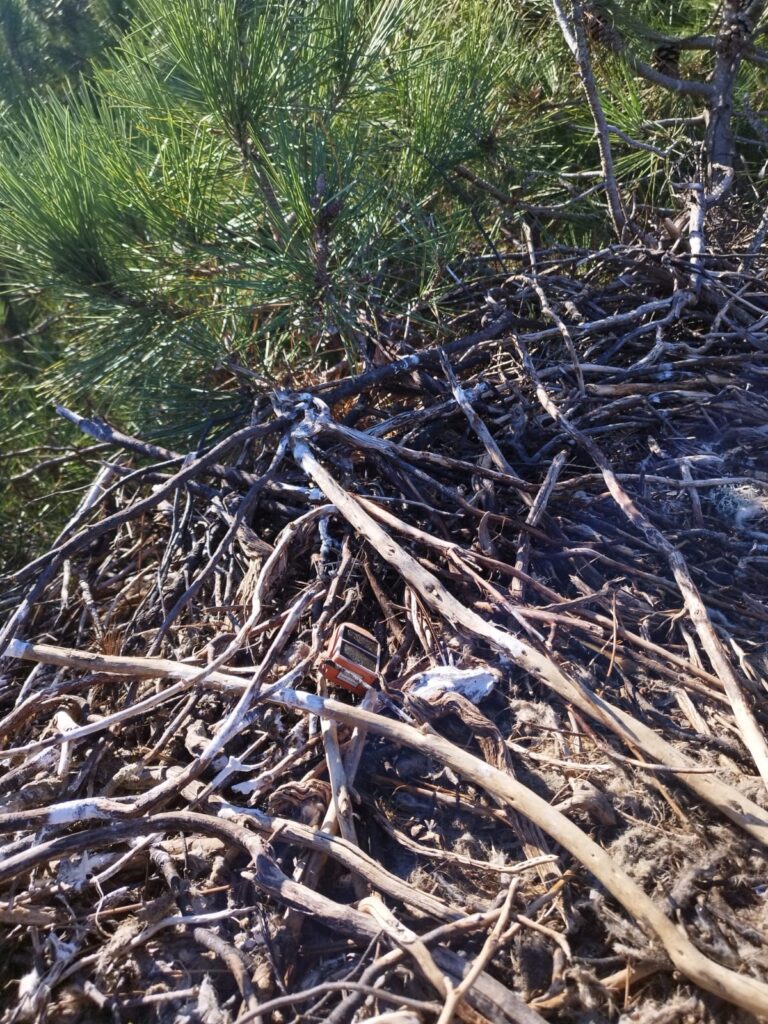
Although a 16–17% mortality rate may seem concerning, it is actually a relatively positive figure when compared to other Cinereous Vulture conservation projects. For example, between 2018 and 2024, a total of 83 Cinereous Vultures were released and tagged in Bulgaria, of which 27 (about 45%) have already died.
While threats to the species are similar, the key difference is that in Bulgaria, all Cinereous Vultures were reintroduced. This means that the released birds – mostly juveniles – were transferred from wildlife rehabilitation centers in Extremadura, Spain, after recovery, and translocated for reintroduction into a habitat that initially had no conspecific individuals.
In contrast, Portugal has never conducted reintroductions using birds from other countries or captivity. All Cinereous Vultures are wild hatched and interact closely with the large Spanish populations, with many colonies located near the Portuguese border.
Causes of death
Translocating birds to new territories may affect their survival skills. Among the 67 Cinereous Vultures tagged in Portugal, only one (approximately 1.5%) has died due to predation, whereas in Bulgaria, around 13% of individuals were killed by predators, nearly half of them within the first week after release. This predation was primarily due to Golden Jackals (Canis aureus), which are abundant in Bulgaria.
Collisions and electrocution on power lines, wind turbines, or other energy infrastructures are also significant causes of mortality for these large soaring birds. The death of Freixo, a chick born in 2023 in Douro Internacional, from multiple fractures, clearly illustrates how these birds struggle to detect poorly marked powerlines, often leading to fatal collisions. Some studies warn that this type of mortality could even drive the local extinction of some vulture populations.
However, poisoning remains the most significant global threat. Around 8% of the Cinereous Vultures released in Bulgaria were confirmed victims of poisoning. In Portugal, five suspected cases are currently awaiting toxicological analysis. Detecting and prosecuting this type of wildlife crime is a complex and time-consuming process, which unfortunately continues to lack fair legal consequences.
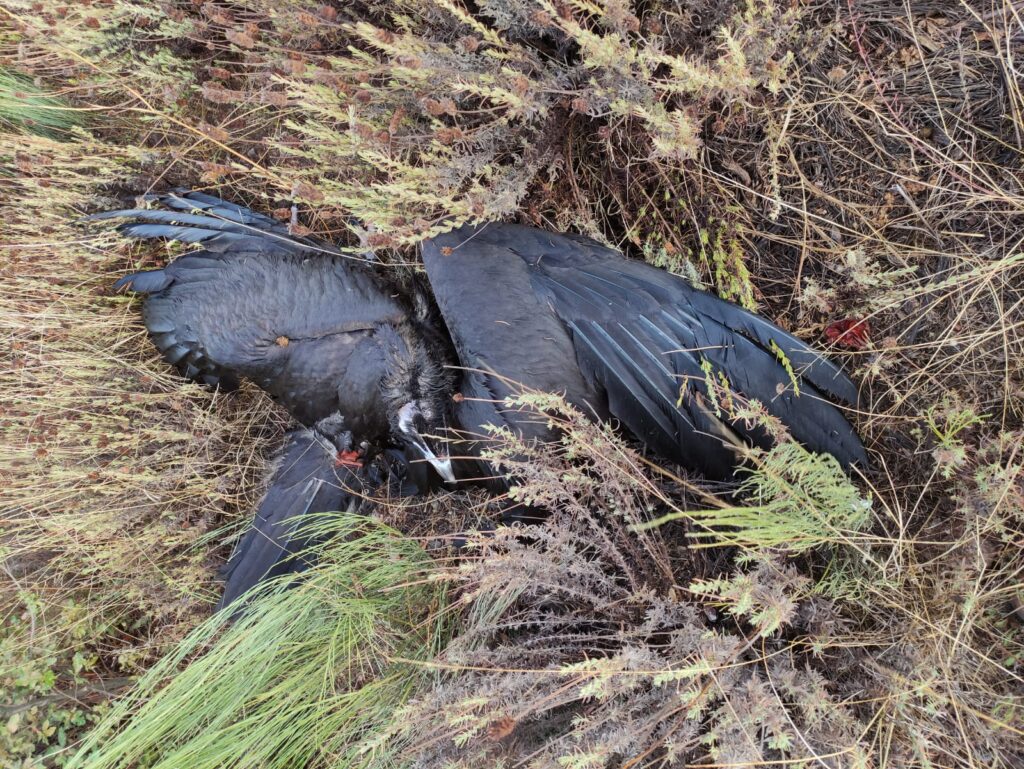
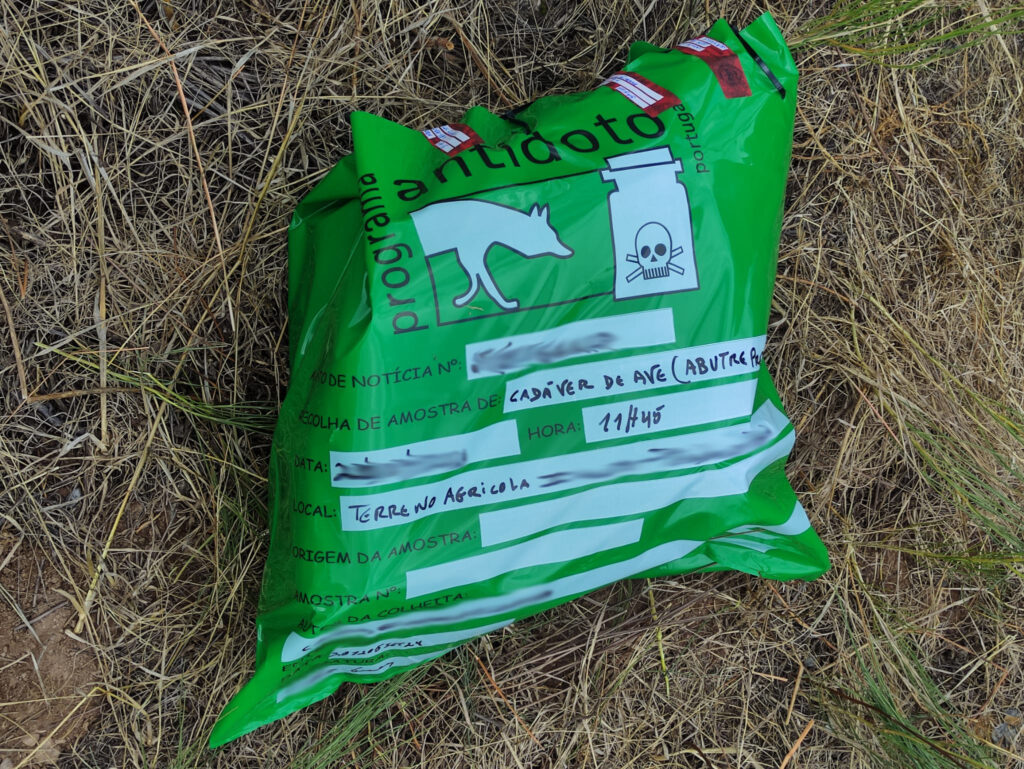
Investigating vulture deaths
Some mortality cases are easier to determine than others. Investigating these incidents requires the critical involvement of authorities such as ICNF (Institute for Nature Conservation and Forests) and SEPNA/GNR (Nature and Environment Protection Service of the National Republican Guard), who collect the carcass and activate all legal protocols. Additionally, teams from Wildlife Recovery Centers, Necropsy and Toxicology Centers play a vital role.
Citizens and environmental NGOs can and should collaborate by reporting all suspected environmental crimes to the authorities while refraining from interfering with evidence.
The young 5J vulture
Gathering as much information as possible is crucial to establishing the cause of death of a wild animal, as some cases are difficult to interpret. Such was the case of a young male Cinereous Vulture, tagged with the ring 5J. Born in 2024 in the Tejo Internacional colony, he took his first flight in August at 121 days old. About a month later (during a period of strong easterly winds that worsened wildfires in central and northern Portugal) he flew towards the Lisbon district, then to the Serras d’Aire e Candeeiros Natural Park, where he spent the night. The following day, he flew to Serra da Lousã, and on the third day, he headed toward Penha de Águia in Figueira de Castelo Rodrigo, where he died in shrubland after exhibiting strange and erratic behaviour.
These long flights at such a young age caught the attention of the LIFE Aegypius Return technical team, who had been closely monitoring the bird and immediately noticed its abnormal behaviour and subsequent immobility. ATN (Associação Transumância e Natureza) partners arrived at the site and confirmed 5J’s death. They contacted the GNR, also project partners, who activated the Antidote Protocol and the Canine Intervention Group due to the bird’s position suggesting poisoning symptoms. No toxins or visible signs of criminal activity were detected in the field. However, the necropsy performed at CERVAS (Center for Ecology, Recovery, and Wildlife Monitoring) revealed neurological symptoms commonly associated with poisoning, such as a neck twist exceeding 360°, along with injuries consistent with gunshot wounds. The carcass was sent for further analyses, including toxicology tests, which may help clarify the cause of death.
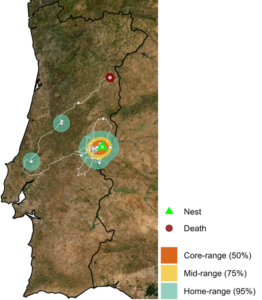
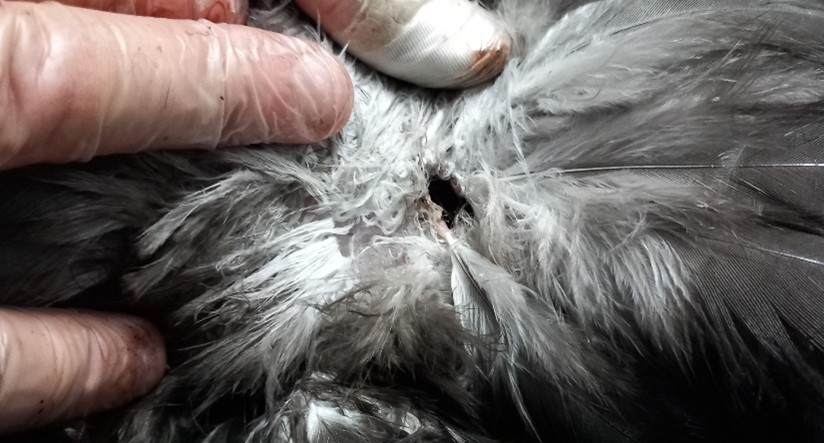
Mirante: Shot dead at one year old
Mirante was a male Cinereous Vulture born in 2023 at Herdade da Contenda, in Southern Portugal. During his first year, he mainly resided in northwestern Andalusia, occasionally making dispersal flights into the Alentejo, and along the Portuguese-Spanish border reaching Douro Internacional.
In early September 2024, his abrupt immobility was detected in Cumbres de San Bartolomé, Huelva. Assistance was requested from the Junta de Andalucía, who, along with LPN (Liga para a Protecção da Natureza) technicians, located the carcass. The legal procedures were activated, and the necropsy at CAD (Centro de Análisis y Diagnóstico de la Fauna Silvestre) confirmed that Mirante had been shot while in flight. This diagnosis was reinforced by GPS/GSM transmitter data, which indicated a sudden and drastic loss of altitude at the moment of death.
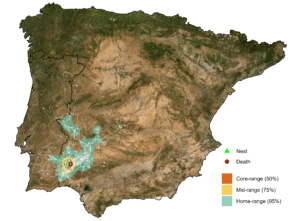
Bumblefoot: a teenage death
In 2021, a young Cinereous Vulture chick from that year was rescued in Coruche in a weakened state and admitted to LxCRAS (Centro de Recuperação de Animais Silvestres de Lisboa). Named Bumblefoot, he remained in recovery until December 2021, when he was released at Herdade da Contenda, in Alentejo. Since then, he never left the Iberian Peninsula and primarily lived in Andalusia.
Just days before the third anniversary of his release, he died unexpectedly. His carcass was detected by Alfonso Godino, a collaborator of the LIFE Aegypius Return project, who had to use a drone to find it. The Spanish authorities recovered the body, and the necropsy was conducted at AMUS (Acción por el Mundo Salvaje). The investigation remains confidential.
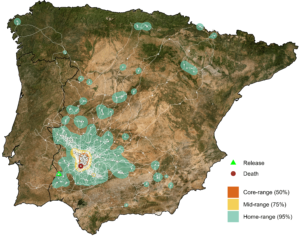

The death of all these vultures before reaching reproductive age – which for this species occurs between four and six years – represents not only the disappearance of individual birds but also the missed opportunity for them to contribute to species recovery through offspring.
Conservation without borders
As demonstrated in these cases, nature conservation is a task that transcends administrative and jurisdictional boundaries. International and cross-sectoral cooperation is essential for gathering information, processing it, and designing and implementing measures to understand and combat threats to wildlife.
The partners of the LIFE Aegypius Return project extend their gratitude to all individuals and organizations that collaborate daily in the conservation of the Cinereous Vulture. Together, we strive to give meaningful purpose to the death of these birds, paving the way for the long journey ahead to ensure a sustainable future for the species.
About LIFE Aegypius Return

The LIFE Aegypius Return project is co-financed by the European Union’s LIFE programme. Its success depends on the involvement of all the relevant stakeholders and the collaboration of the partners: the Vulture Conservation Foundation (VCF), the coordinating beneficiary, and local partners Palombar – Conservation of Nature and Rural Heritage (with co-funding from Viridia – Conservation in Action), Herdade da Contenda, the Portuguese Society for the Study of Birds, the Transhumance and Nature Association the the League for the Protection of Nature, ,Naturaleza y Hombre Foundation, the National Republican Guard and the National Association of Rural Owners of Game Management and Biodiversity.

